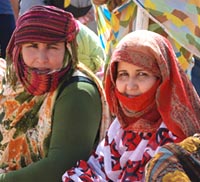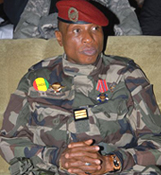
Africa

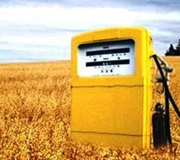
The Why and the How of Land-Grabbing in Africa
Two years ago singer-songwriter and activist Bob Geldof was so excited about biofuels he even became the special advisor to biomass company Helius. At the time, Geldof visited jatropha curcas plantations in Swaziland run by UK biodiesel producer D1 Oils. Geldof was quoted as saying that these plantations had 'life changing potential'. Since then, D1 Oils dropped out and Mr Geldof silenced.
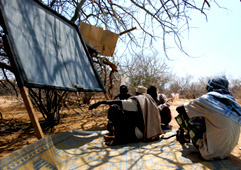
Mobile Schools Help Nomadic Somalis Fight Drought
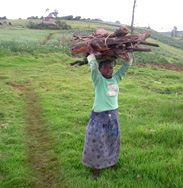
Uganda: Carbon Trading Scheme Pushing People Off Their Land
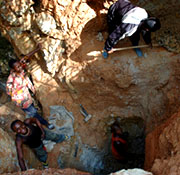
Looting Africa: Canadian Company Eyes Gold in Democratic Republic of Congo
